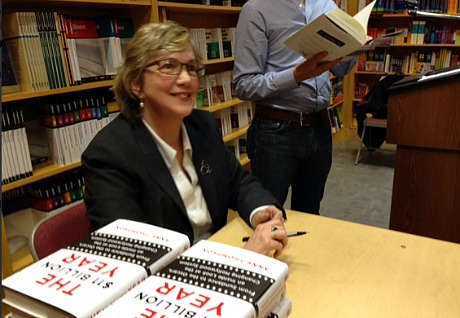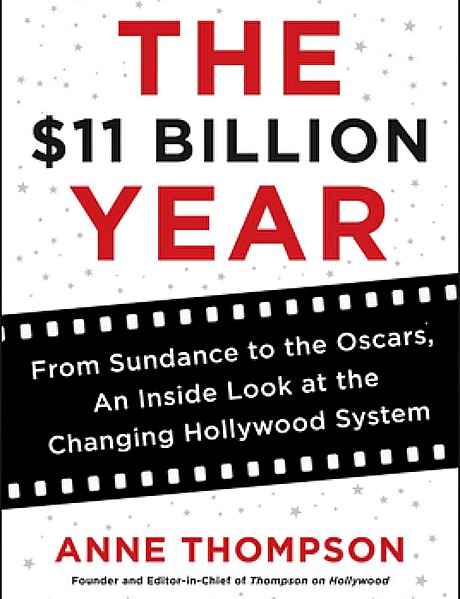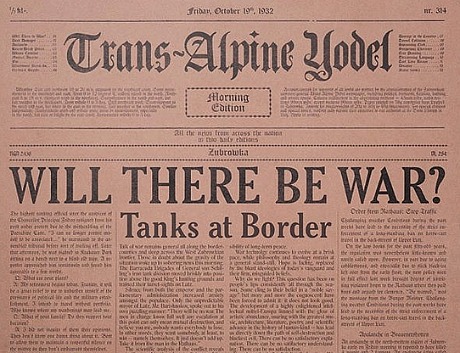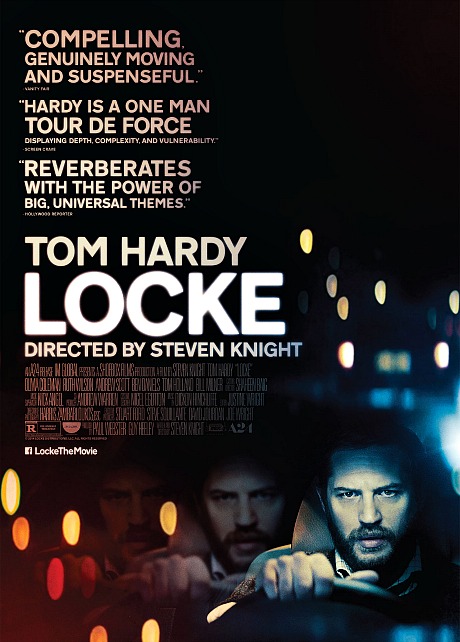Director Anton Corbijn (Control, The American, A Most Wanted Man) is currently shooting Life, a mid 1950s drama about a friendship between real-life Life photographer Dennis Stock (Robert Pattinson) and legendary actor James Dean (Dane DeHaan). Principal photography begin on 2.18.14 in Toronto and will continue until 3.27.14. The film obviously could open later this year but it’ll probably go for a 2015 release. What do I know?
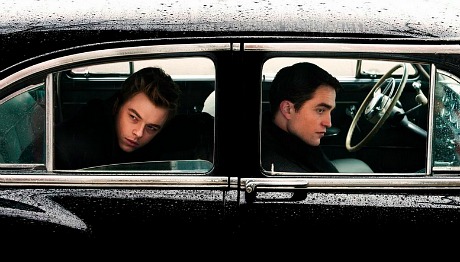
Stock was around 27 when he photographed Dean (most famously capturing that Times Square shot of an overcoat-wearing Dean hunched over in the rain). Stock died at age 81 in January 2010. Dean died on 9.30.55 in a car crash about 35 or 40 miles east of Paso Robles.
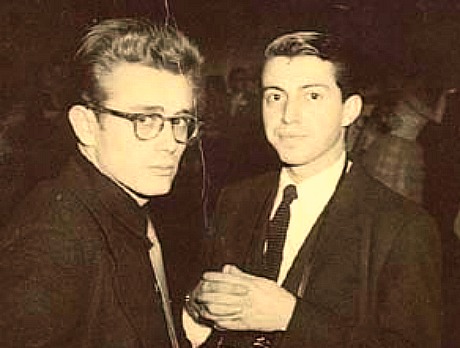
Dean and Stock in early 1955, presumably in some New York bar.

